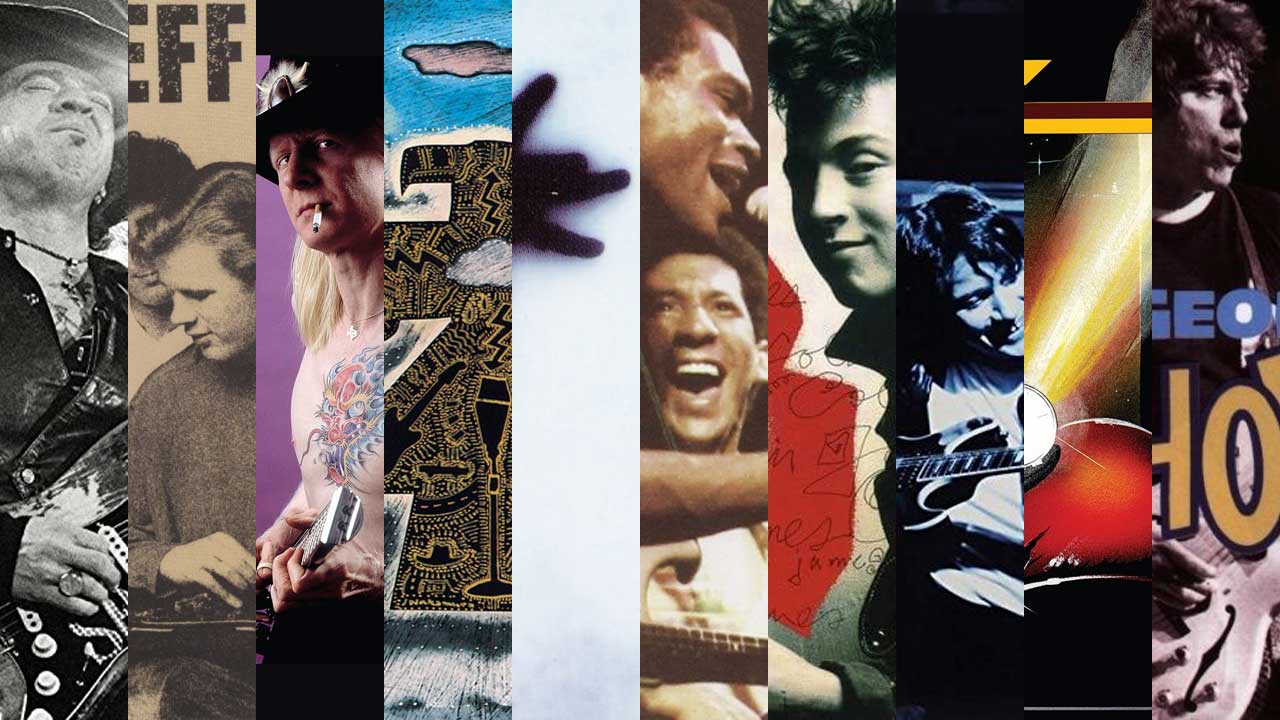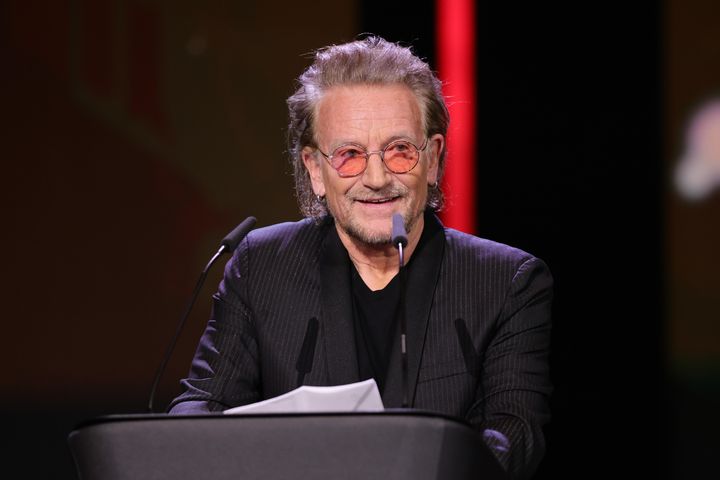While the blues had been the essential touchstone of 60s rock, inspiring the major players from and to Jimi Hendrix and early , it had steadily fallen from grace during the following decade. Prog, punk, disco and heavy metal successively took centre stage, and the rise of the synth signalled the demotion of the guitar. But deep in the American heartland there was a revolution brewing, which would produce a barrage of new six-string heroes.
Leading the charge in 1983 was a 29-year-old Texan who rewrote the blues rules with the power of Jimi Hendrix, the soul of and a sackful of further influences from Lonnie Mack to Kenny Burrell. ‘Discovered’ by Mick Jagger and Keith Richards in a Dallas club, transformed the genre, becoming a superstar following his 1983 album , the most impressive blues debut since on John Mayall’s back in 1966. The 80s also saw the blues mutate like never before.
While Stevie Ray Vaughan drew in hard rockers and purists alike, Robert Cray took the blues to the masses, with 1986’s becoming a million-selling success. And let’s not forget ’s make-over from rednecks to cheeky, chart-friendly blues rockers. Meanwhile, having dabbled in jazz fusion with The Yellowjackets, session ace Robben Ford brought a sophistication to the blues when he went back to his roots for his debut solo album.
At the other extreme, George Thorogood supercharged a supply of Chuck Berry, Bo Diddley and John Lee Hooker standards with his searing slide-guitar style. As the du.



















